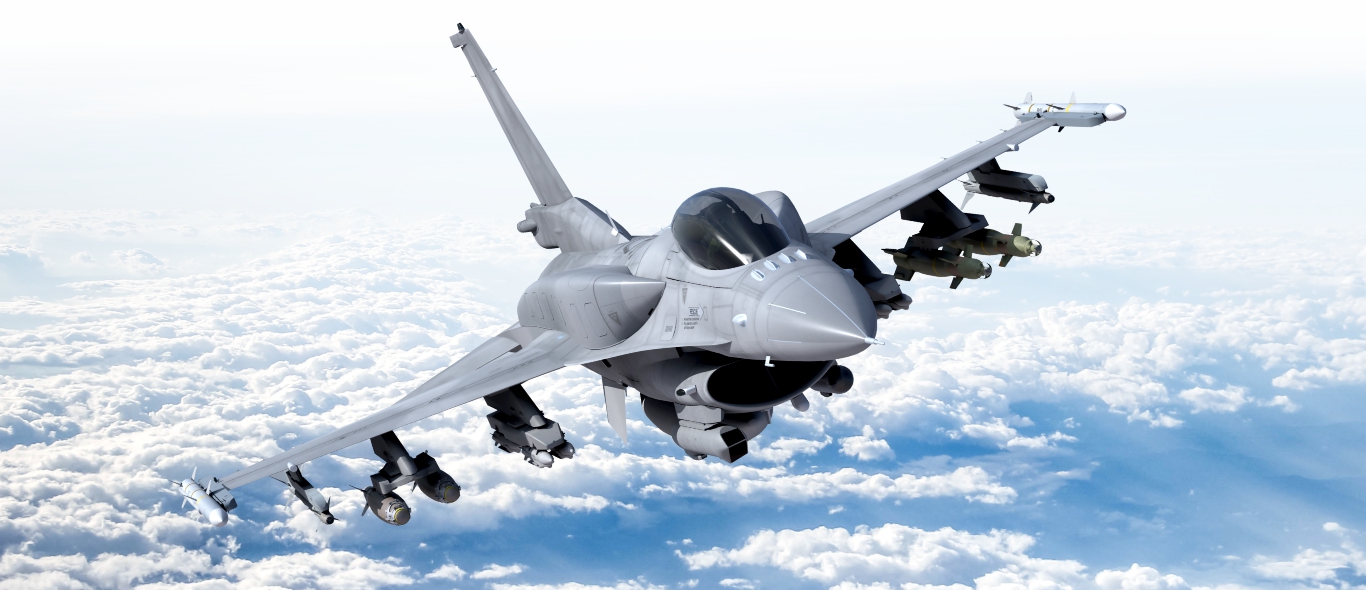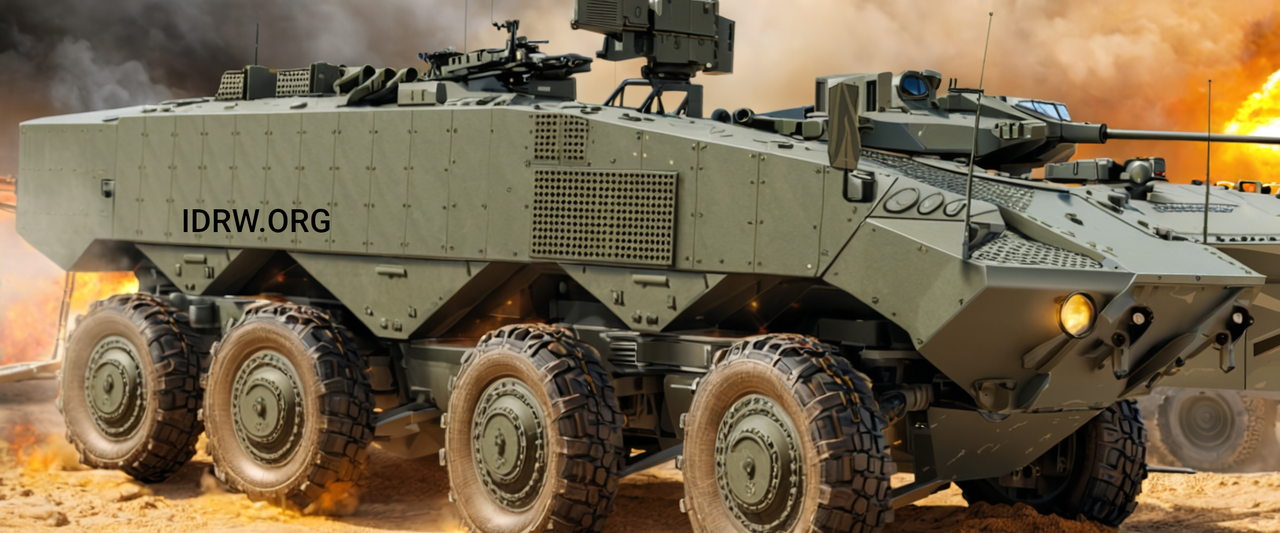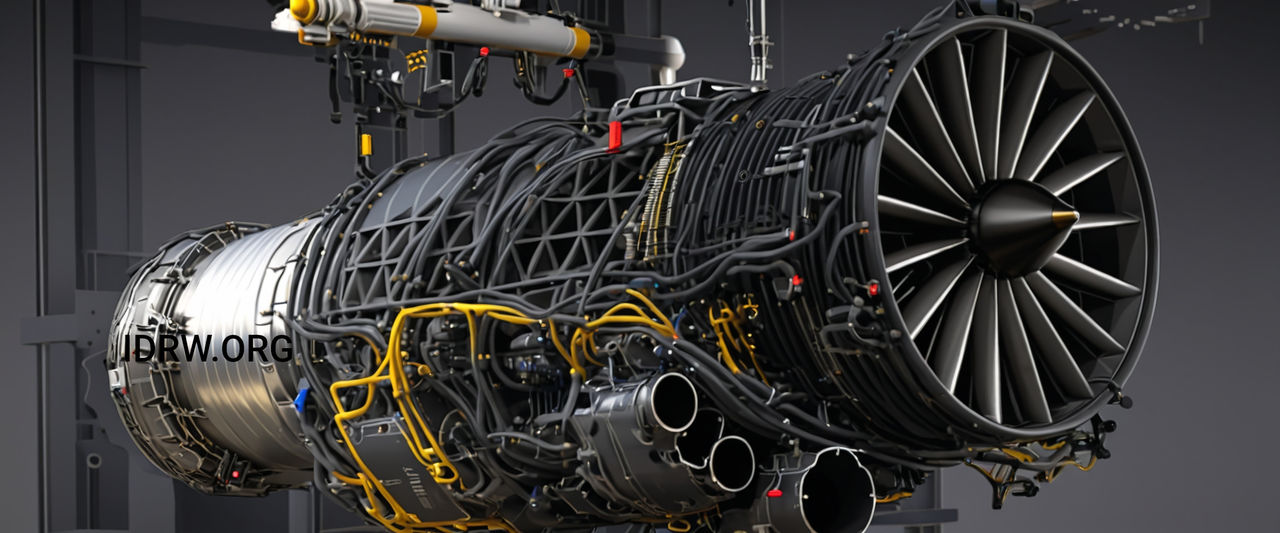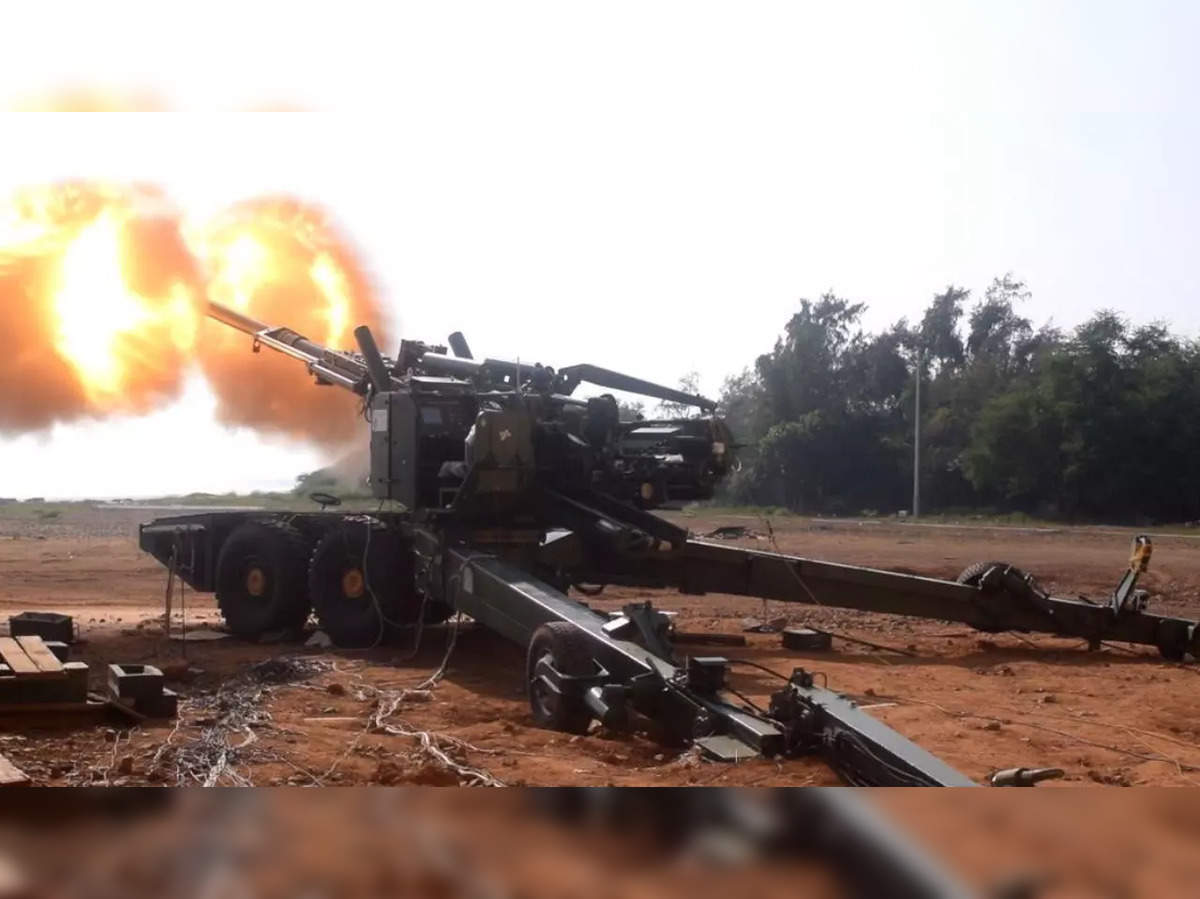SOURCE: AFI

The Ministry of Corporate Affairs (MCA) has given its nod to the formation of “BEL IAI AeroSystems Private Limited,” a joint venture between Bharat Electronics Limited (BEL) and Israel Aerospace Industries Limited (IAI).
This new entity will be responsible for providing comprehensive product support, including repair and maintenance services, for the Medium-Range Surface to Air Missile (MRSAM) System deployed in India. BEL holds a 40% stake in the joint venture, while IAI owns the remaining 60%.
Continue readingSOURCE: AFI

Lt Gen Adosh Kumar, Director General of Artillery, has emphasized the Indian Army’s desire to procure a diverse range of 155mm guns and ammunition to ensure sustained combat readiness. The Army aims to achieve indigenous production of various types of 155mm ammunition to support its artillery systems.
India’s 155mm shell-making capacity is poised for a significant expansion, with the private sector alone expected to produce over 3 lakh shells annually by the financial year 2027. However, this output falls short of the Army’s requirements in the event of a full-scale war.
Continue readingSOURCE: RAUNAK KUNDE / NEWS BEAT / IDRW.ORG

In a conversation with idrw.org, a Lockheed Martin official confirmed that no formal offer has been made to the Indian Air Force (IAF) for the sale of the F-35A fifth-generation fighter jet, despite ongoing speculation following the fighter’s appearance at Aero India 2023. Instead, the company is concentrating on promoting its F-16 variant, now rebranded as the F-21, which includes significant upgrades tailored for India.
The F-21 has been enhanced with a revised glass cockpit, advanced avionics, and features like the Triple Pylon Rail, allowing it to launch multiple AIM-120 air-to-air missiles—a feature not commonly seen on other fighter jets in its class. Lockheed Martin hopes the F-21 will be a strong contender in India’s Medium Multi-Role Combat Aircraft (MMRCA) competition, which seeks to procure 114 aircraft for the IAF, potentially valued at up to $18-20 billion.
Continue readingSOURCE: RAUNAK KUNDE / NEWS BEAT / IDRW.ORG

The Indian Army, which has received an Acceptance of Necessity (AoN) to procure the Future Ready Combat Vehicle (FRCV), is set to conduct a rigorous evaluation of potential bidders. The FRCV, which will replace the T-72 Main Battle Tanks (MBTs) in the Army’s fleet by 2030, is a significant acquisition program that will see intense scrutiny from domestic and international companies.
To ensure that the FRCV program aligns with the government’s “Make in India” initiative, the Indian Army and DRDO will conduct a special audit of all proposals submitted by public and private sector companies. This audit will focus on verifying the indigenous content of the proposed tanks, preventing the introduction of rebadged foreign MBTs into the Indian market.
Continue readingSOURCE: RAUNAK KUNDE / NEWS BEAT / IDRW.ORG

In a significant move towards enhancing the Indian Army’s reconnaissance and support capabilities, the Ministry of Defence (MoD) has reissued the Request for Proposal (RFP) for the procurement of 198 Wheeled Armoured Fighting Vehicles (WH AFV Recce & Support). The project falls under the Buy Indian – IDDM (Indigenously Designed, Developed, and Manufactured) category, reaffirming the government’s commitment to boosting Indigenous defence manufacturing under the “Make in India” initiative.
The MoD has retained the “Buy Indian – IDDM” category as per the Defence Procurement Procedure (DPP) 2016, emphasizing the need for Indian vendors and Original Equipment Manufacturers (OEMs) to supply indigenously developed platforms.
Continue readingSOURCE: AFI

India’s Tata Motors has signed a significant agreement with the Moroccan government to establish a factory for the production of military equipment. This factory will primarily focus on manufacturing the Wheeled Armoured Platform (WHAP) 8×8 infantry fighting vehicle (IFV), which will be used to equip the Moroccan Land Forces.
This marks a major expansion of Tata’s presence in the African defense market. Last year, the Royal Moroccan Army received 90 units of 6×6 trucks from India, manufactured by Tata. The new factory, to be located in Casablanca, will be India’s first overseas defense manufacturing plant.
Continue readingSOURCE: AFI

The Indian government’s plans to jointly manufacture Stryker eight-wheeled armored fighting vehicles in India have ignited a heated debate within the country’s defense community. Critics argue that the decision to import a foreign-made vehicle, despite the availability of local alternatives like the WHAP developed by DRDO, is a flawed strategy that undermines India’s self-reliance in defense manufacturing.
The government and the armed forces have yet to provide a clear explanation for their decision to opt for the Stryker. While the opposition parties raised concerns about the inflated cost of the Rafale fighter jet deal, they have curiously remained silent on the Stryker procurement. This lack of scrutiny from both sides of the political spectrum has raised eyebrows and fueled speculation about the underlying reasons for the decision.
Continue readingSOURCE: AFI

The Indian Army has placed a significant order for nearly 700 Trinetra drones, an indigenized version of a popular American drone used by the US Department of Defense.
Originally developed by the Silicon Valley startup Skydio, the drones have been adapted for Indian requirements by the Coimbatore-based firm AeroArc. The Trinetra drones are based on the Skydio Scout, an autonomous flight system that offers operators enhanced situational awareness without requiring manual control.
Continue readingSOURCE: AFI

Vice Admiral Monde Lobese, the Chief of the South African Navy, expressed keen interest in the BrahMos Weapon System during a recent visit to the BrahMos Pavilion at the Africa Aerospace and Defence Exhibition (AAD) held at Air Force Base Waterkloof, Tshwane, South Africa.
The South African Navy chief was briefed on the diverse capabilities of the BrahMos, a versatile missile system known for its long range and high speed. The BrahMos Aerospace team provided detailed insights into the weapon system’s key milestones and advancements over the years.
Continue readingSOURCE: AFP

strike, along with his deputy and several other leaders of the Iran-backed movement.
Israeli fighter jets killed “Muhammad Ali Ismail, the commander of Hezbollah’s missile unit in southern Lebanon, and his deputy,” the military said in a statement on Telegram, adding that “other Hezbollah commanders and terrorists were eliminated”.
Continue readingSOURCE: IDRW.ORG

Dr. D.K. Sunil, the Chairman and Managing Director (CMD) of Hindustan Aeronautics Limited (HAL), has confirmed that the deal for the F-414 engine with the US firm GE Aerospace is on track to be concluded by the end of this year. The F-414 engine is set to power the Tejas MkII program, a significant upgrade to India’s indigenous light combat aircraft.
While HAL will manufacture the F-414 engine at its upcoming Bangalore facility, the company plans to outsource 40-50% of the program to Indian private sector companies. MTAR Technologies, L&T, Godrej, Azad Engineering and INDO-MIM are some of the Private firms that will be involved in the production of the engine. This strategic move aims to leverage the expertise of various aerospace components manufacturers across the country, fostering a more robust and competitive defence industry ecosystem.
Continue readingSOURCE: IDRW.ORG TEAM

Piotr Wojciechowski, President-CEO of Polish defense company WB Group, has announced that the company has proposed its FLYEYE mini unmanned aerial system (UAS) to the Indian Army. The FLYEYE is a versatile and compact drone designed for a variety of military and civilian applications.
One of the key features of the FLYEYE is its modular design, which allows for easy assembly and disassembly. This makes it highly transportable and can be deployed rapidly in various environments. The drone can be hand-launched without requiring additional equipment, making it suitable for operations in confined spaces and tight areas.
Continue readingSOURCE: AFI

Indonesia is considering purchasing submarines from India as it seeks to bolster its naval capabilities and safeguard its strategic interests in the region. According to Manjeet Kripalani, Executive Director at Gateway House, Indian start-ups specializing in submarine technology can offer valuable assistance to Indonesia, which lacks expertise in this area.
The Indonesian Straits, a vital maritime passageway, hold significant strategic importance. By acquiring Indian-built submarines, Indonesia can enhance its ability to monitor and control maritime traffic in the region, ensuring its national security and economic prosperity.
Continue readingSOURCE: AFI
The Defence Research and Development Organisation (DRDO) has achieved a significant milestone with the successful development of an autonomous Unmanned Aerial Vehicle (UAV) for search and rescue operations in indoor environments. This breakthrough was accomplished by NewSpace Research and Technologies under the Technology Development Fund (TDF) scheme.
The autonomous UAV, equipped with advanced sensors and navigation capabilities, is designed to navigate complex indoor environments such as collapsed buildings or underground structures. It can be deployed rapidly to locate survivors and assess the extent of damage, providing critical information for rescue teams.
Continue readingSOURCE: AFI

Dr. Samir V Kamat, Chairman of the Defence Research and Development Organisation (DRDO), has emphasized the need for a change in India’s risk-averse culture to foster innovation and development in the defense sector. In a recent interview, he highlighted that the prevailing aversion to risk and intolerance of failure often leads to people taking on less challenging projects.
“If there is a failure, immediately you get a Comptroller and Auditor General (CAG) report saying that you have caused loss to the government,” Dr. Kamat said. “Questions are raised on who is accountable. That makes people take on less challenging projects.”
Continue reading